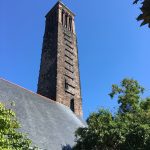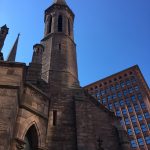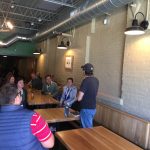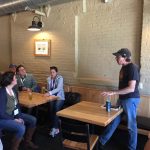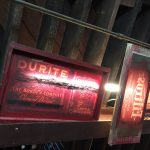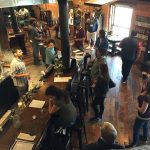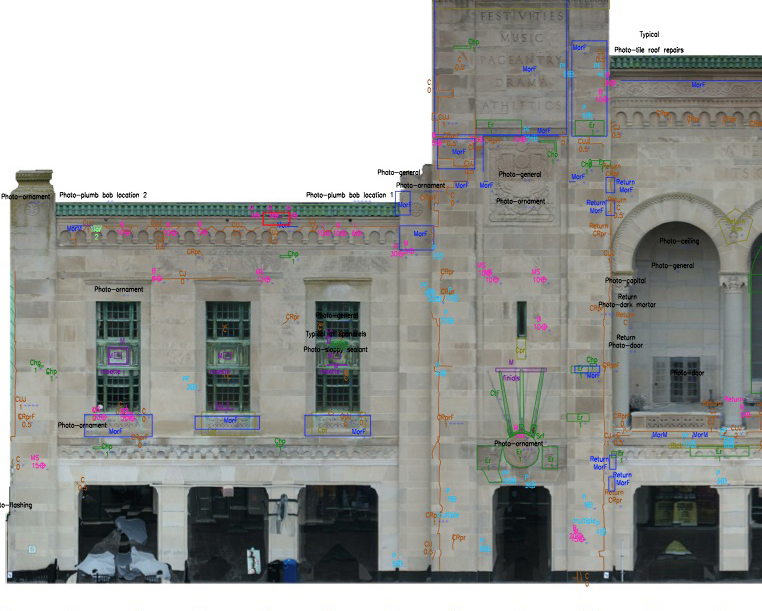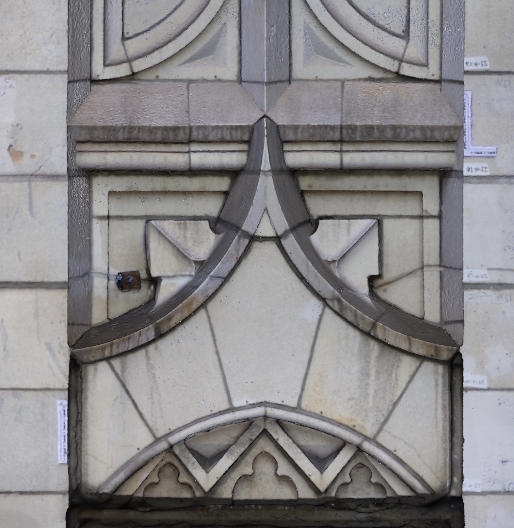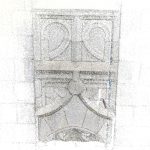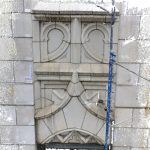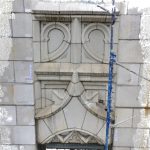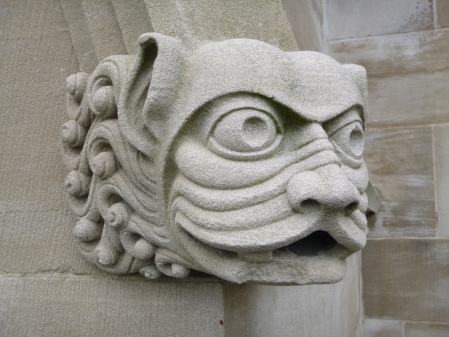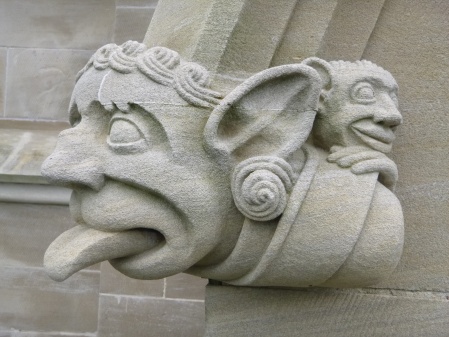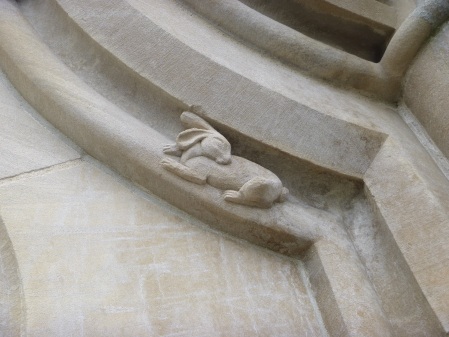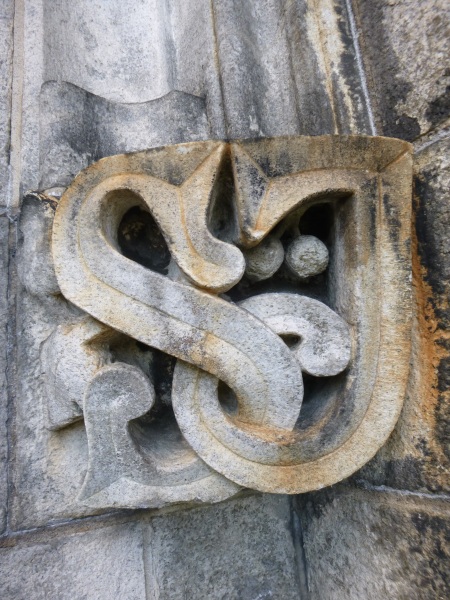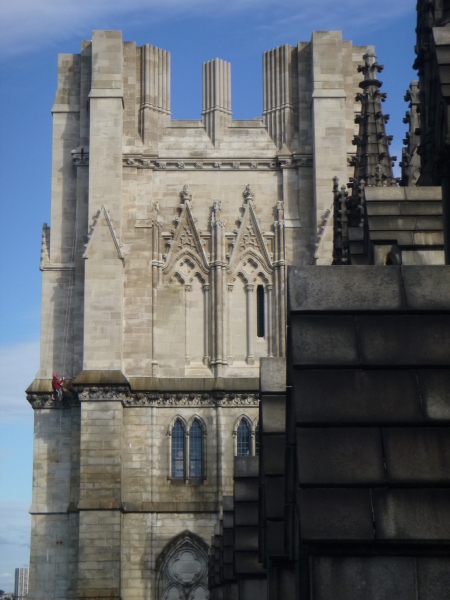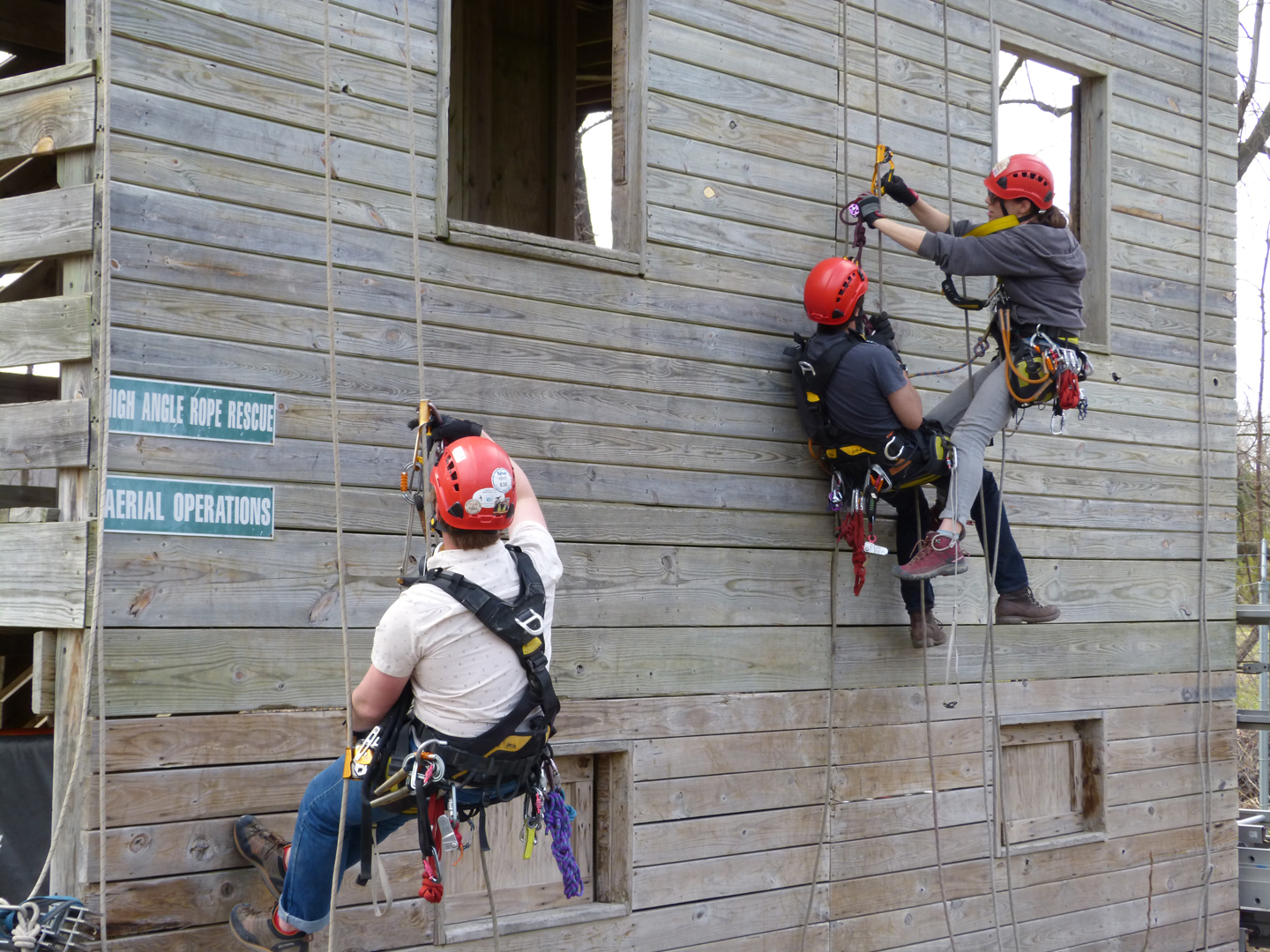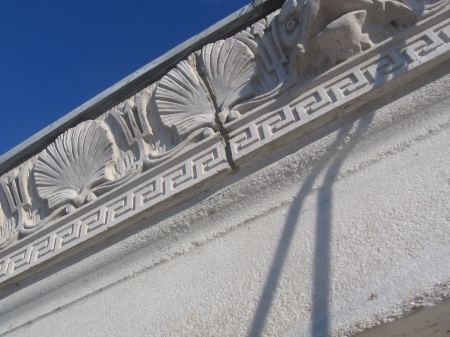Recently I attended the Society of Professional Rope Access Technicians (SPRAT) Annual Conference in Cancun, Mexico, and brought home updates on some pretty important changes to SPRAT certification requirements that will be posted to www.SPRAT.org and go into effect April 1, 2019. A sampling of some of the changes are below. Even if industrial rope access is not part of your job, we think it is good for you to be aware of all the qualifications and skills Vertical Access rope access teams bring to your projects.
New SPRAT Certification Requirements Effective April 1st, 2019
Level I Certification requirements (changes)
- Horizontal Aid climbing (both fixed and movable) has been moved from a Level II skill to Level I
- The rescue scenario for Level I will now involve the casualty being in ascent, previously a Level II skill
- Level I testing will include proof of hands on skill with building various load sharing anchors in addition to inspecting ones built by Level II’s and III’s
- Additional skill assessments for rigging and operating a hauling and lowering system will include lowering and belaying with communication awareness of mechanical advantage (?)
Level II Certification requirements (changes)
- Vertical aid climbing will be required for a minimum of 10 feet
- Additional knots to know include friction hitch and load-releasable hitch
- Additional skills assessment of picking off a casualty through knots
- Additional skills assessment of rescue from aid traverse (using a rope-to-rope method)
- Rigging and operating a rope access system pre-rigged to lower
Level III Certification requirements (changes)
- Demonstrating an understanding of mechanical anchor systems (tripods and beam clamps) will be removed
- Rescues through knots will be moved to Level II
- Re-anchor or rope-to-rope rescues skills assessment will need to be performed mid-obstacle
- Hauling and lowering through knots (pitch head or platform) in both backup and main lines
- Additional job safety components added to the written test regarding the Job Hazard Analyis or Job Safety Analysis
More information about SPRAT can be found here.
At the conference, we also discussed the 2018 revision to ANSI 121 – Tool Tethers, that could have impacts across all facets of the construction industry.
ANSI 121 – Tool Tethers
ANSI 121 – Tool Tethers is currently rolling out the 2018 revision to incorporate new regulations in response to increase in incidents. This update will see impacts across all areas of the construction industry, not just industrial rope access.
At the SPRAT conference, we discussed some of the following from the new revision that will impact the way we approach our rope access work.
- Modification of tools will no longer be allowed for tethering (no drilling holes, etc)
- No duct or electrical tape will be allowed – a specialized tape is recommended that acts upon tightness of winding
- Every component that can easily come off needs a tether (for example, batteries on drills)
- Locking carabiners with captive eyes need to be used to tether tools and loose accessories that travel with the person
- Declarations of conformity should be issued by suppliers
- Label requirement guidelines are detailed in the revision
- There is now a defined standard on approved containers where tools can be stored without a tether
More information can also be found at https://safetyequipment.org/dropped-object-prevention-resources/
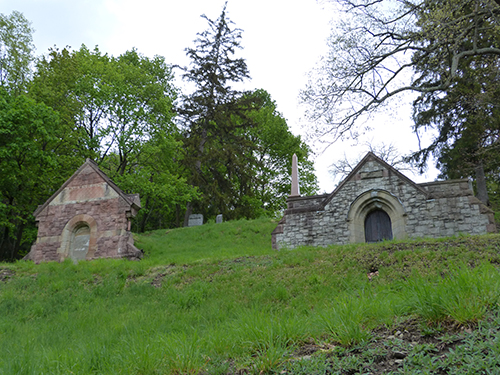
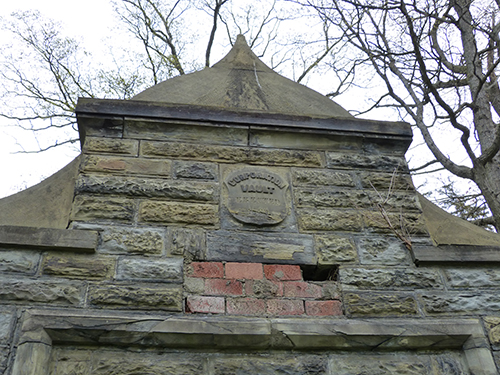


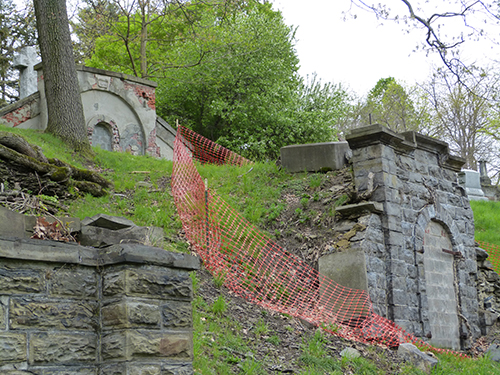
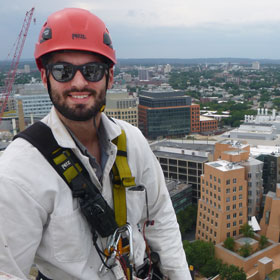 Mike Russell, EIT, recently trained and was certified to the Society of Professional Rope Access Technicians (SPRAT) Level III Supervisor. According to SPRAT’s
Mike Russell, EIT, recently trained and was certified to the Society of Professional Rope Access Technicians (SPRAT) Level III Supervisor. According to SPRAT’s 
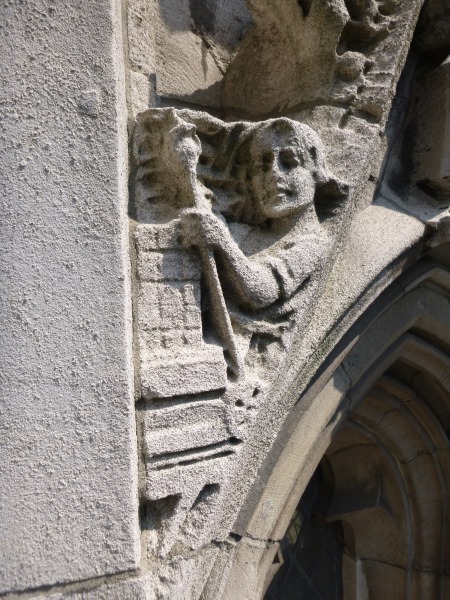




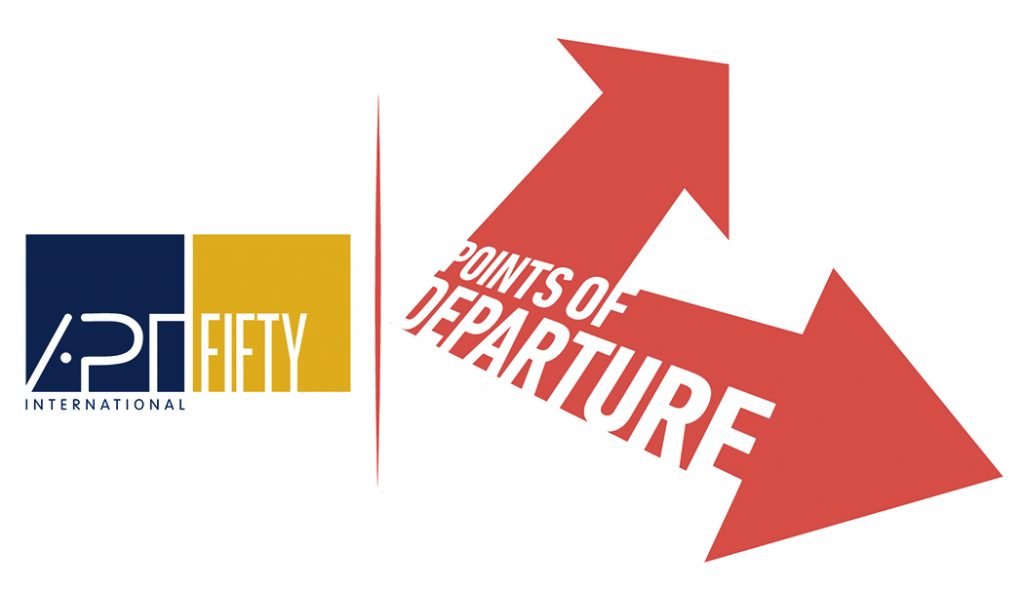 The last week of September, Vertical Access attended the hottest conference in preservation: APT International’s 50th anniversary celebration happening in Buffalo and the Niagara Region of Canada.
The last week of September, Vertical Access attended the hottest conference in preservation: APT International’s 50th anniversary celebration happening in Buffalo and the Niagara Region of Canada.
